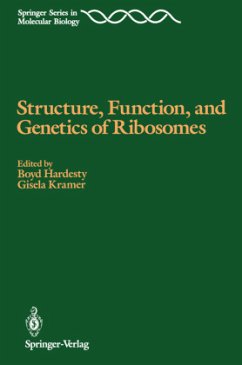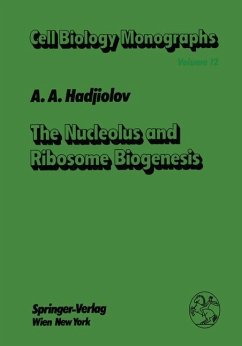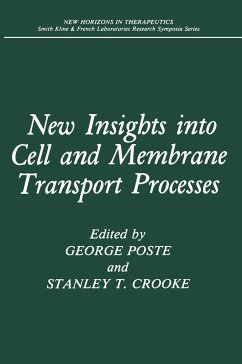
GTPases in Biology I

PAYBACK Punkte
20 °P sammeln!
Recent advances in molecular biology have shown GTPases and phosphoproteins to be the paramount molecular switches utilized intracellularly in biological systems. The origins of the GTPase switch appear to be almost as ancient as life itself, and through evolution nature has adapted this switch to a variety of purposes. In this two-volume work a broad survey of the major classes of GTPases is presented. The role of GTPases in ensuring accuracy during protein translation, a new look at the trimeric G-protein cycle, the molecular function of ARF in vesicle coating, the emerging role of the dynam...
Recent advances in molecular biology have shown GTPases and phosphoproteins to be the paramount molecular switches utilized intracellularly in biological systems. The origins of the GTPase switch appear to be almost as ancient as life itself, and through evolution nature has adapted this switch to a variety of purposes. In this two-volume work a broad survey of the major classes of GTPases is presented. The role of GTPases in ensuring accuracy during protein translation, a new look at the trimeric G-protein cycle, the molecular function of ARF in vesicle coating, the emerging role of the dynamin family in vesicle transfer, GTPases which activate GTPases during nascent protein translocation, and the many roles of ras-related proteins in growth, cytoskeletal polymerization, and vesicle transfer, are all described in 80 chapters by the leading authorities in their fields. Both detailed knowledge of specific systems or proteins and general principles of structure and function are offered. Much of this information has never been published before. At the rate the extended family of GTPases is growing it becomes increasingly unlikely that we will again get it to sit for a group portrait such as this. Therefore, the volume has the chance to become the reference work for GTPases.














